Societarians
The landscape of the islands of the Haan Archipelago is vastly and notably transformed by one of its two dominant creatures: The societarians have erected massive buildings, built roads, moved rivers, chiselled cliffs and joined areas with bridges.
They are big bipedal pactual creatures with skilful hands, but besides their general proportions, that's where the physical similarities stop among them:
Each societarian individual may look distinctly different from each other including their family members. Though their phenotypes clump together in more or less established groups and children are born in general in the same ones as their parents, a single town of societarians may have radically different individuals with all sorts of physical traits to them. Societarians are listed under five subspecies: Featheries, furries, scalies, waterland silkies and segmented, with some people recognising silkies as a sixth one.
Each societarian individual may look distinctly different from each other including their family members. Though their phenotypes clump together in more or less established groups and children are born in general in the same ones as their parents, a single town of societarians may have radically different individuals with all sorts of physical traits to them. Societarians are listed under five subspecies: Featheries, furries, scalies, waterland silkies and segmented, with some people recognising silkies as a sixth one.

Florian Ley by Naelin
General Biology
Societarians are pactual creatures that live around 80 to 90 years. They are terrestrial, omnivorous and warm-blooded.
The subspecies of societarian can be described based on what covers their skin:
- Featheries are covered in plumage, and resemble beaked birds.
- Furries are covered in hair, and are mammals.
- Scalies are either covered in scales, or have rugged, hairless skin.
- Waterland Silkies have smooth, nude skin, and are adapted to life in water.
- Segmented have chitinous coverings on their bodies, or soft skin covered in thin fluff.
Phenotypes
The diverse shapes societarians are born with, known as their "phenotype", tend to follow patterns and repeat through the generations.The repeating patterns and groups are named and classified, forming an intricate tree of thousands of names for known shapes, going from general terminology such as "canid" to specifics such as "bush dog". Sometimes a societarian may be born with a phenotype never seen before, many times exhibiting characteristics that do not correspond to their subspecies. This phenomenon is known as an exotic phenotype. It seems to happen at random and to be purely aesthetic, not being known to cause any health issues or to have any particular cause.
Genetic Descendants
Lifespan
80~90 years
Average Height
1.60~1.80m
Geographic Distribution
History of the Societarians in the Archipelago

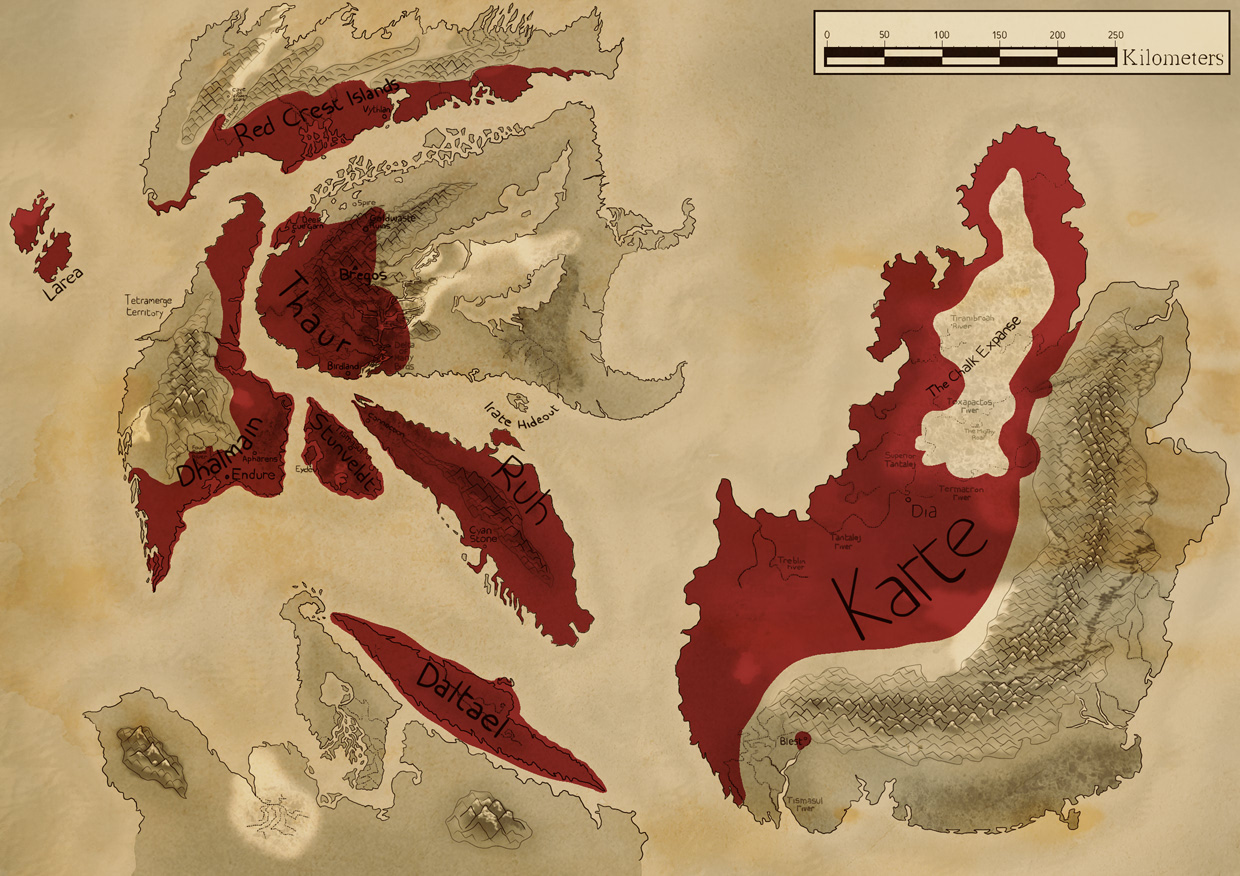


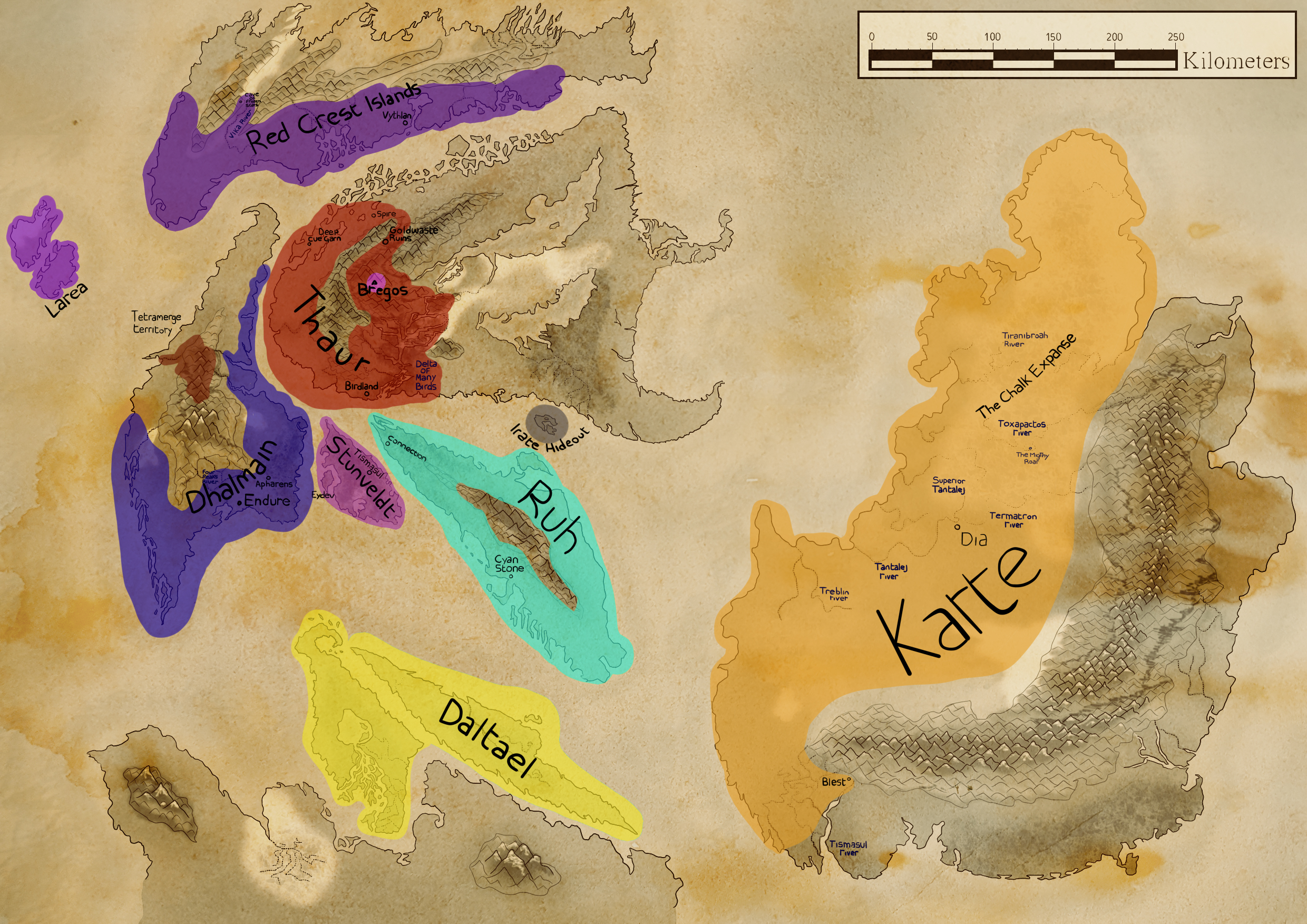
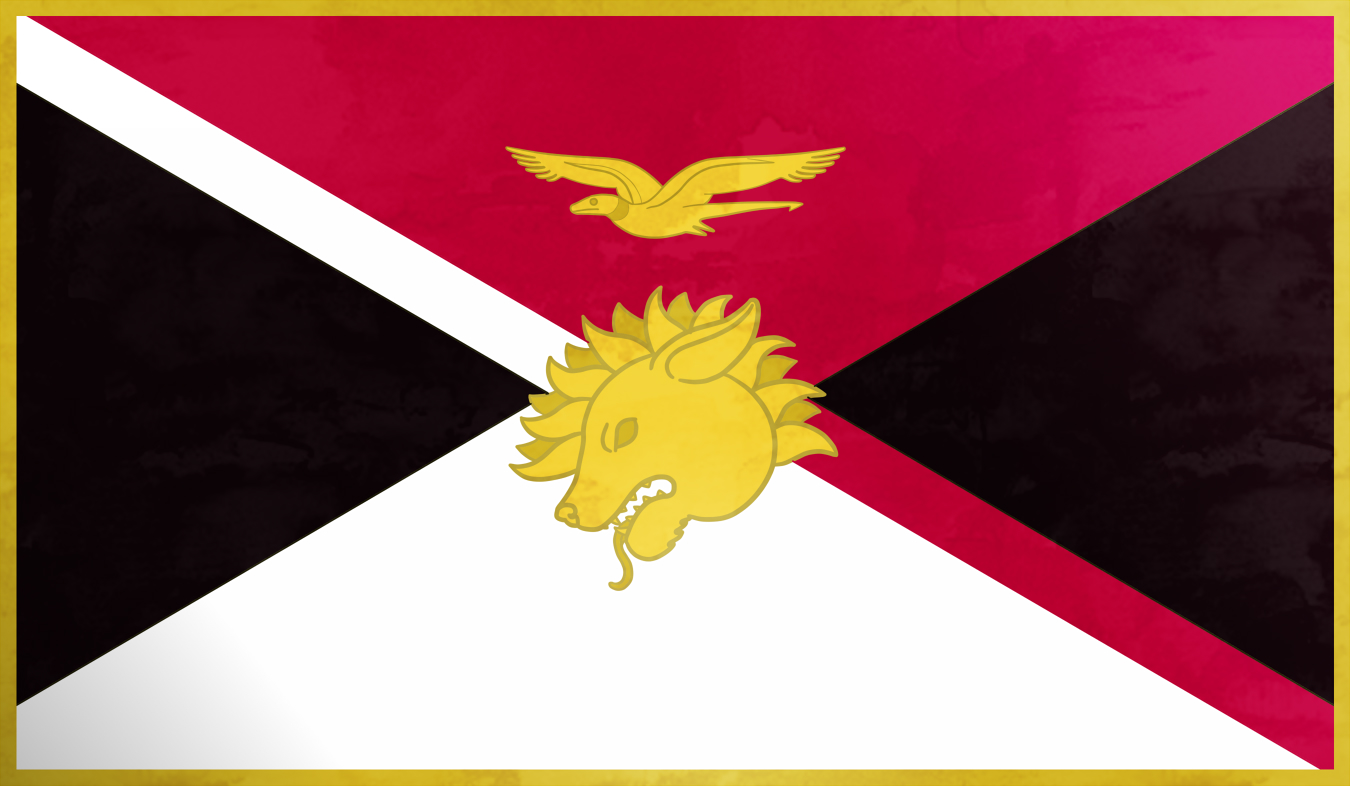
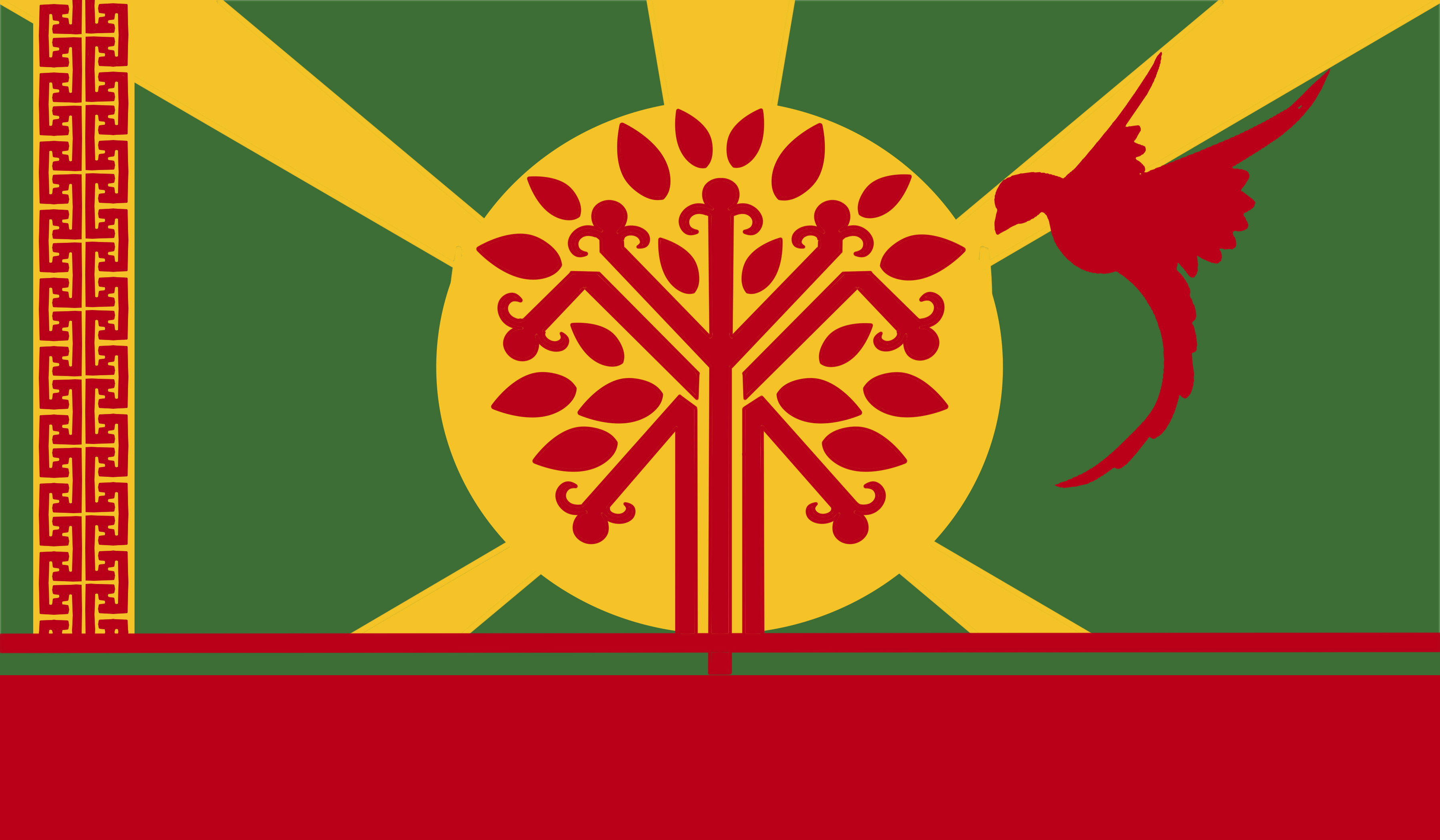
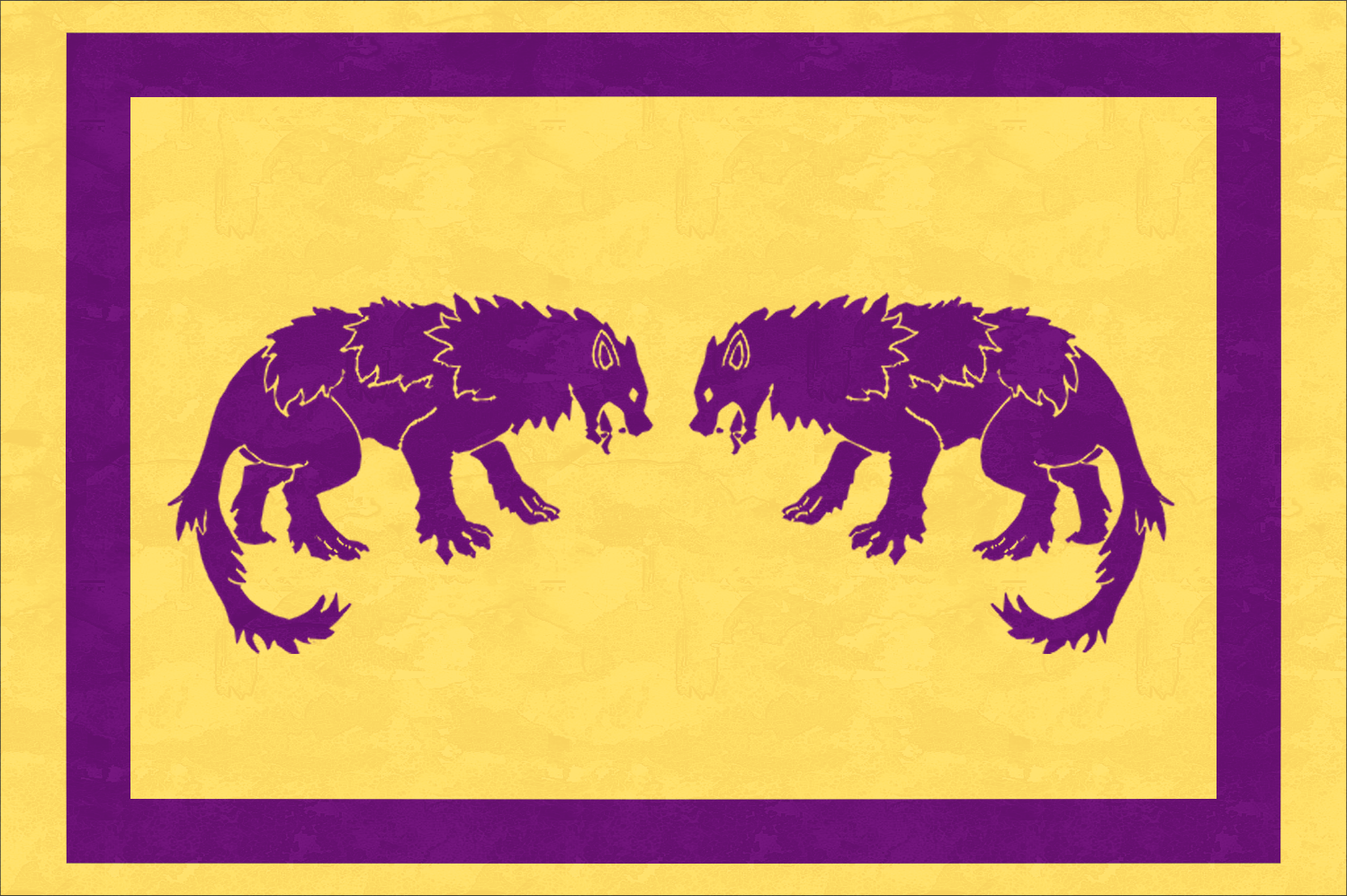

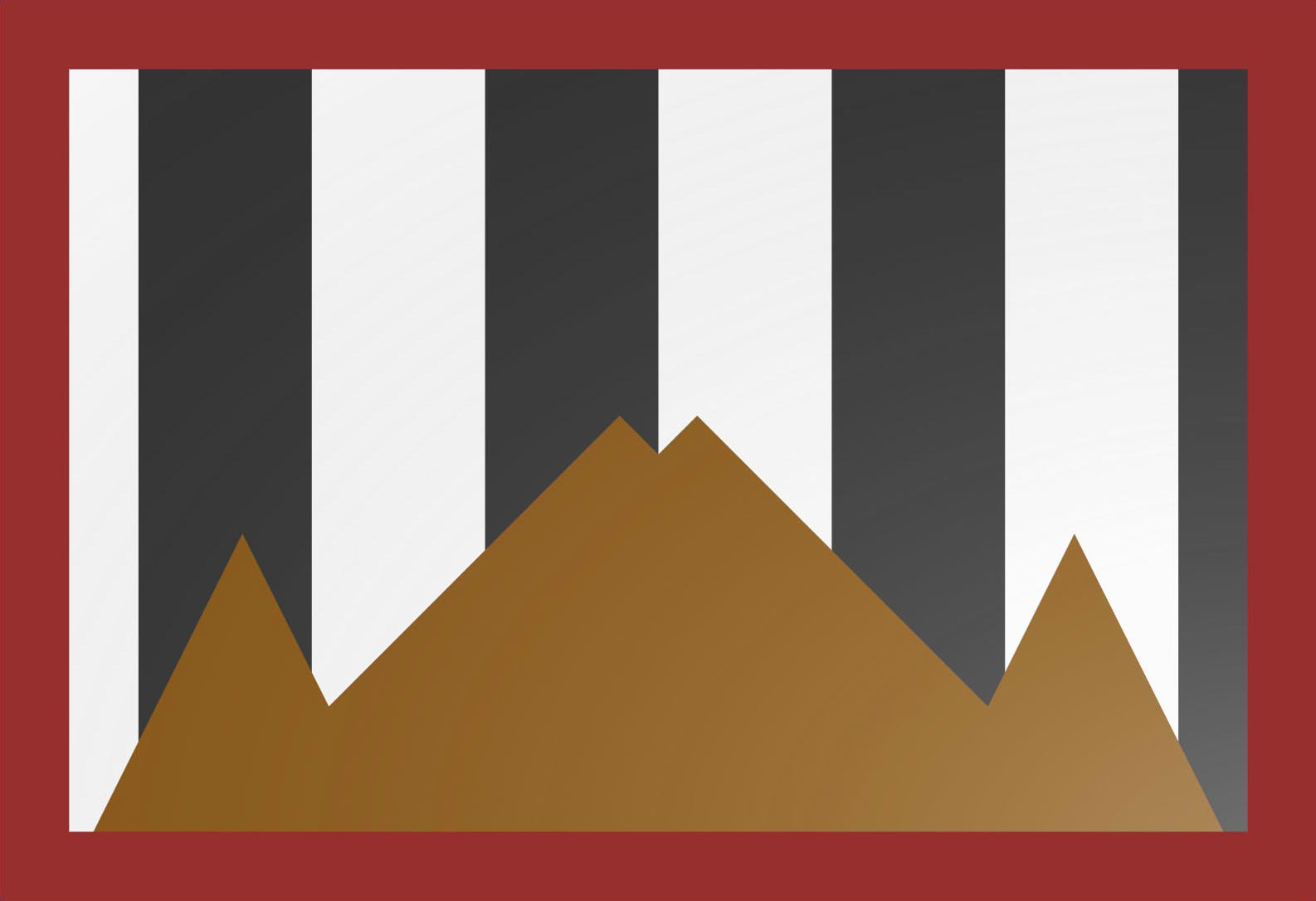
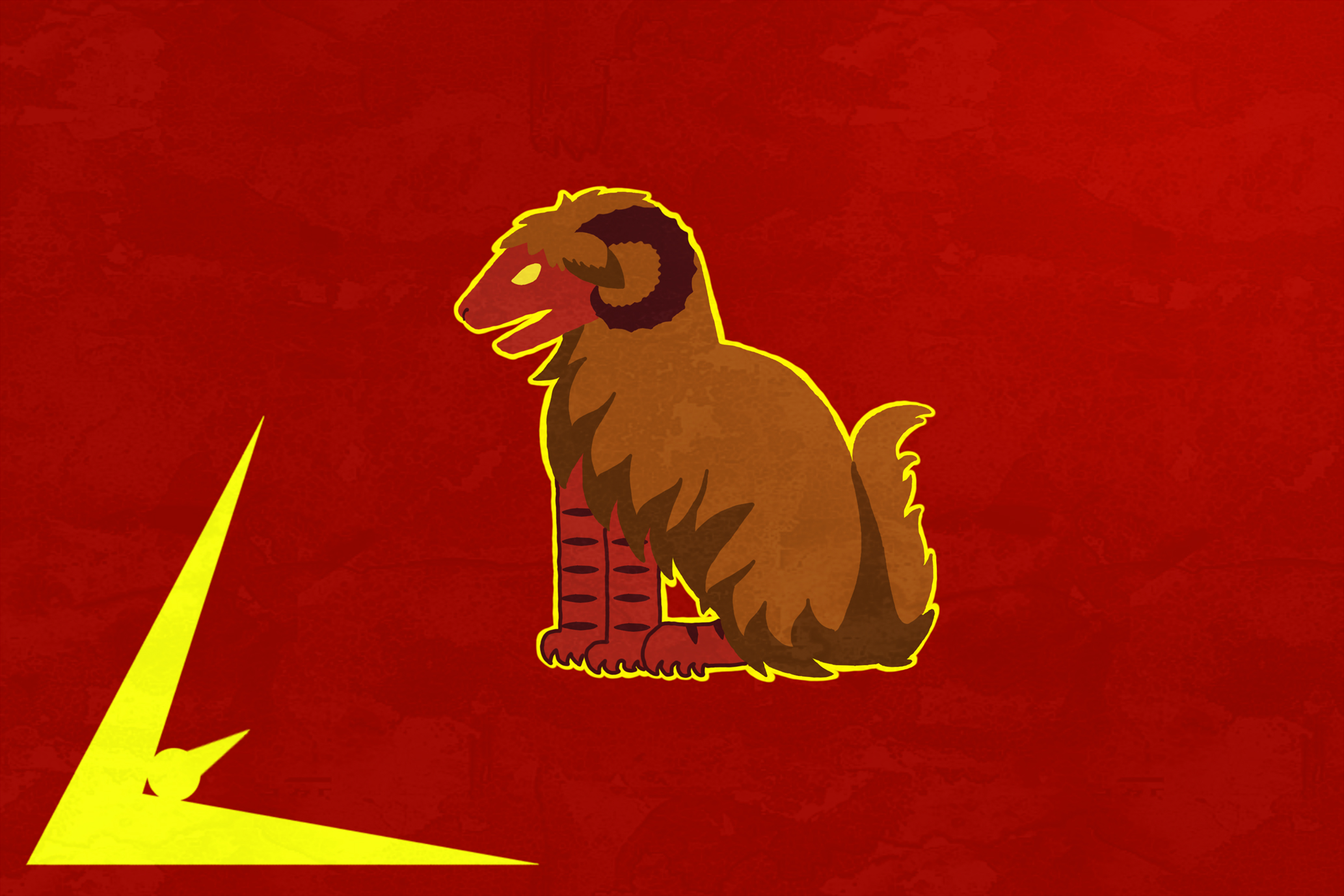

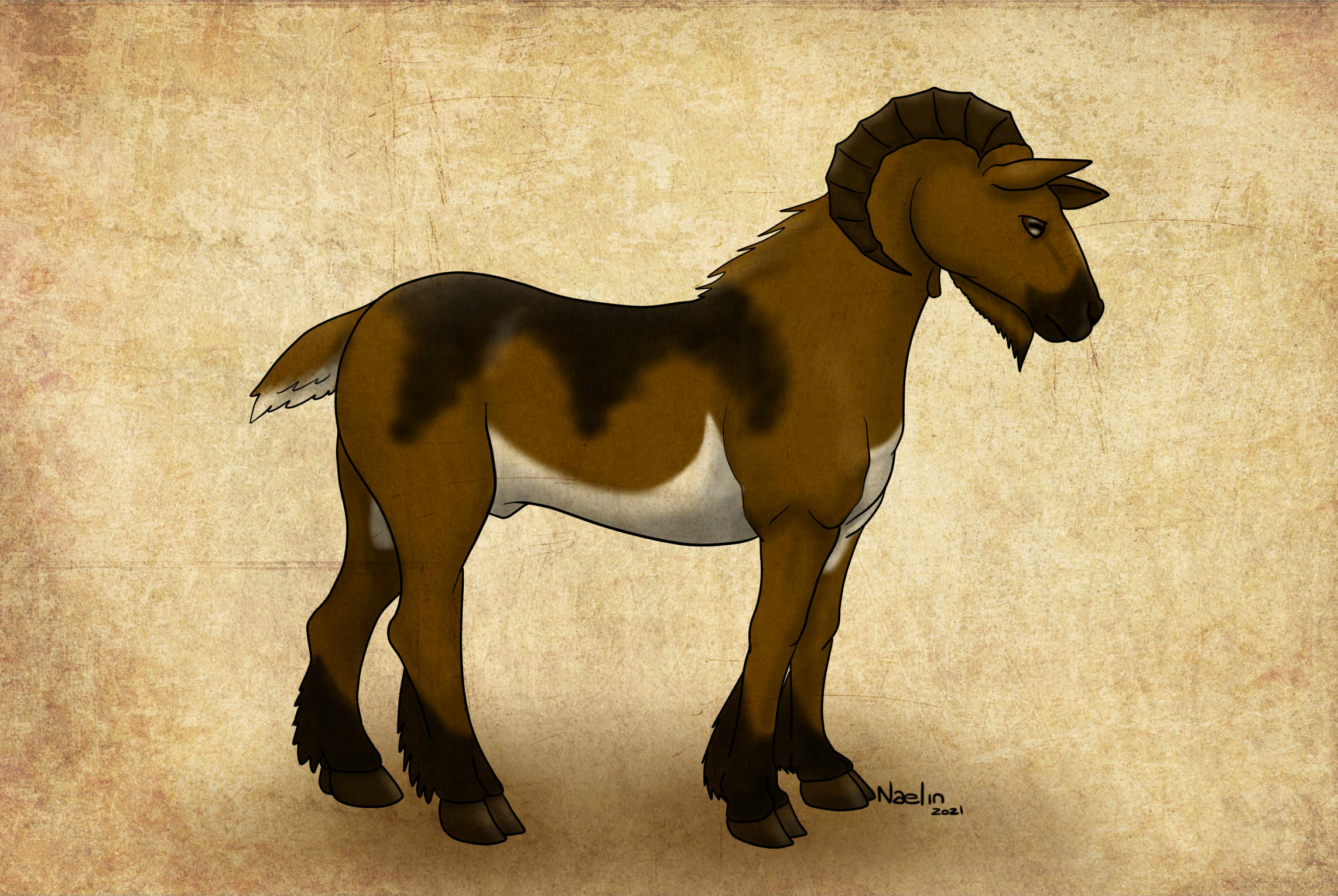
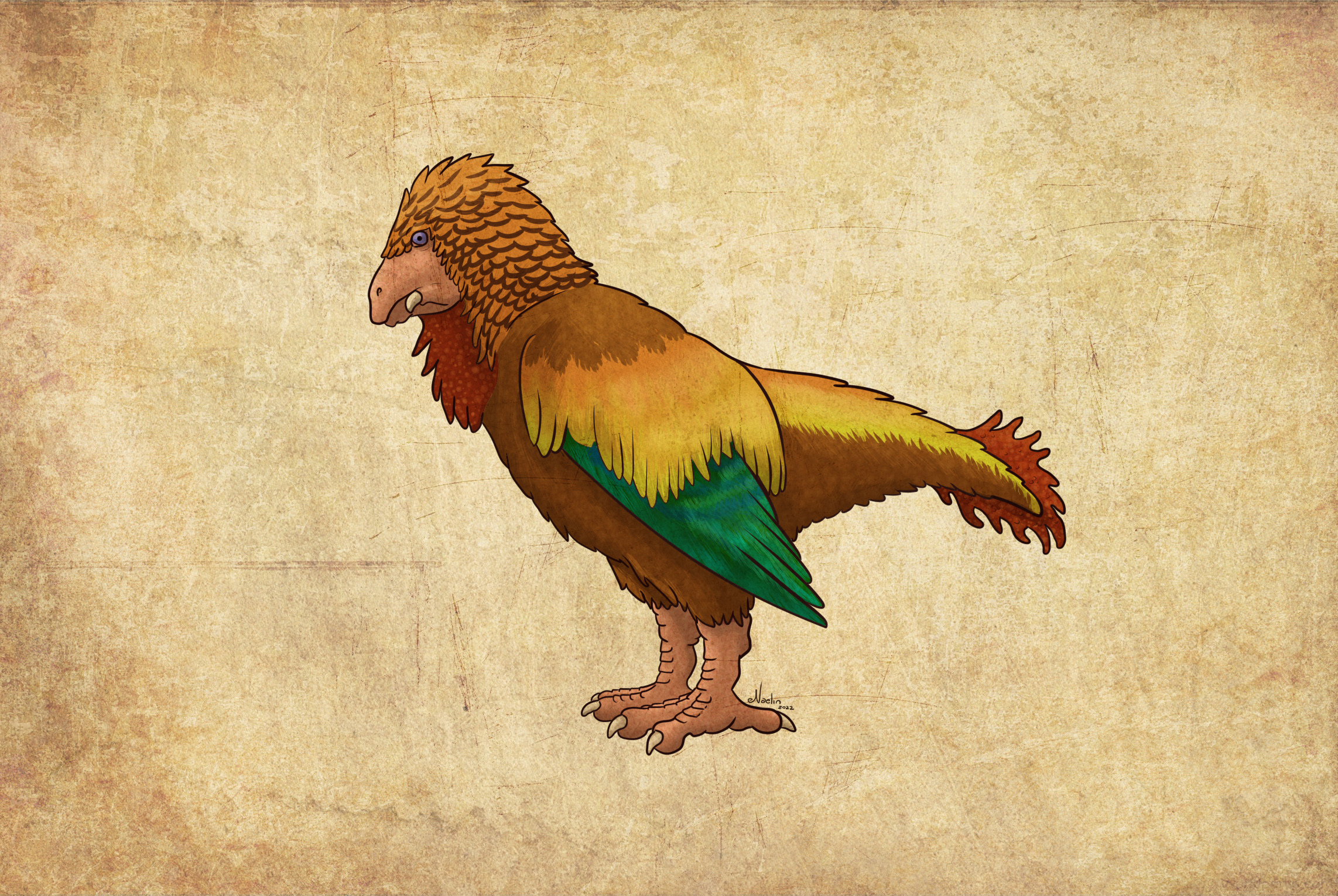
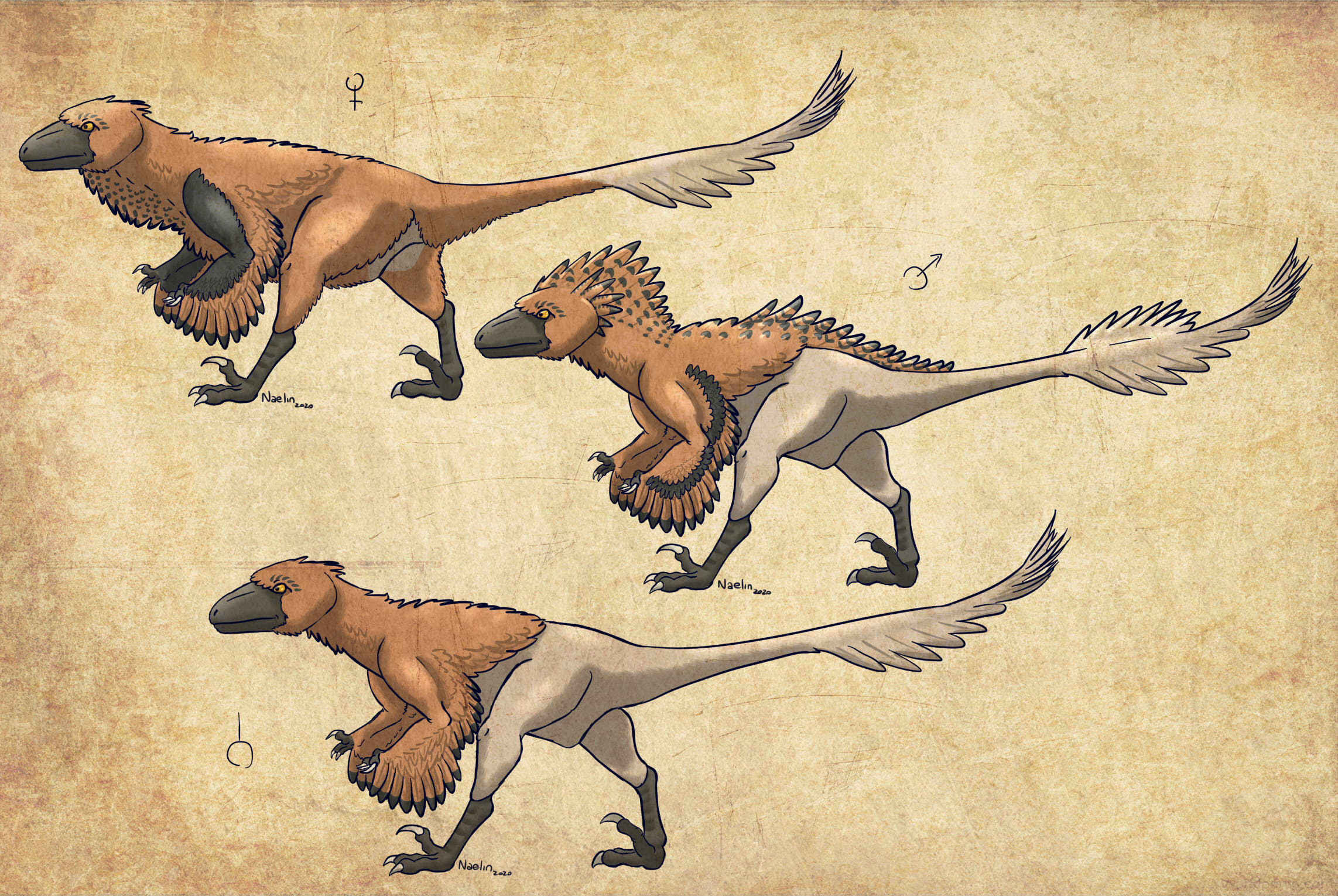


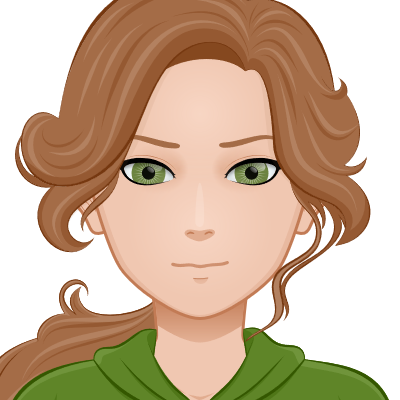
Ah, all my questions finally answered! (don't worry, I will make up more)
Time to raise new questions then!